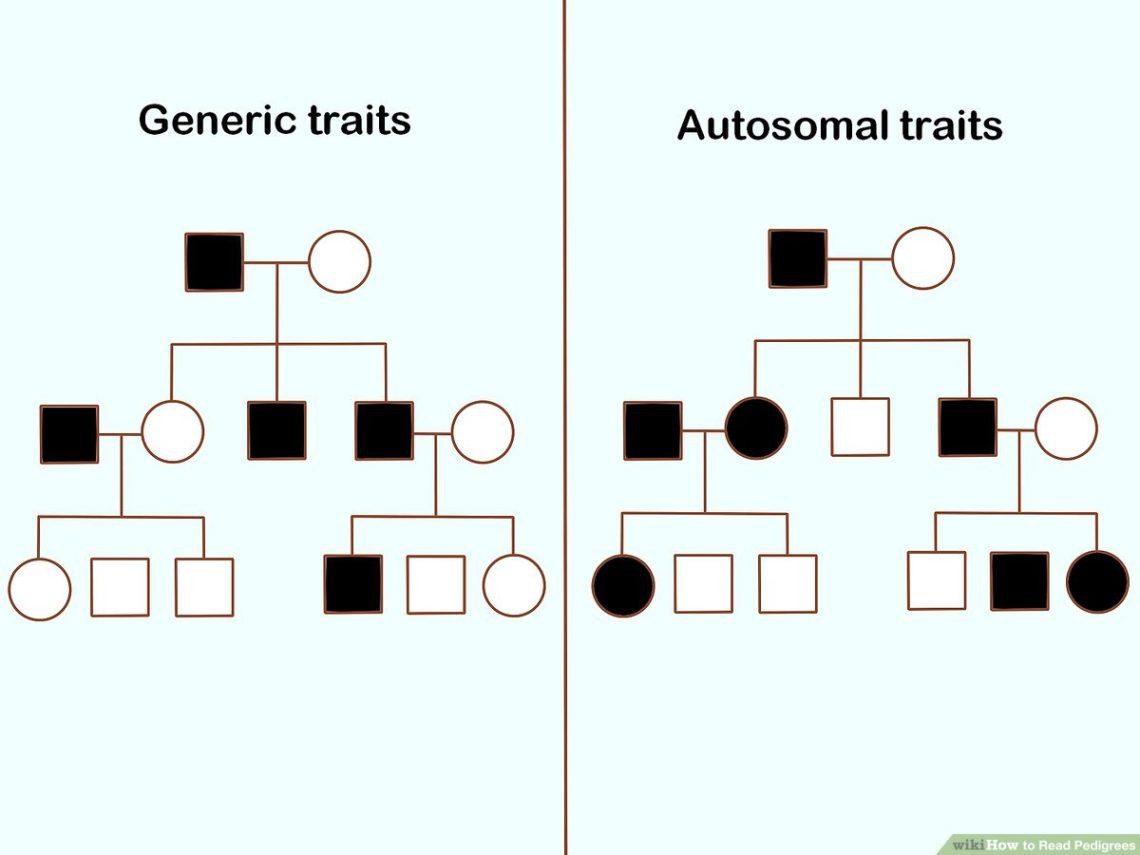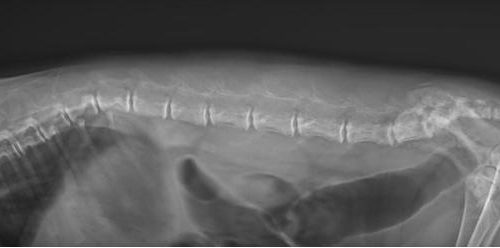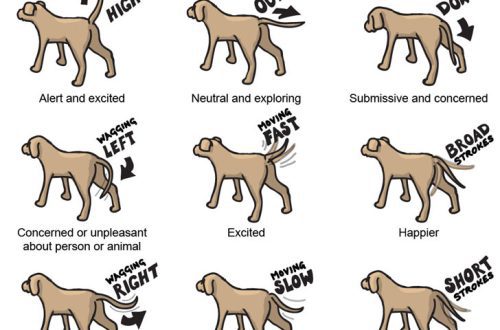
Kumaha "maca" silsilah
You can buy a puppy without papers and with papers. But in the event that you plan to purchase a purebred pet to participate in exhibitions and breeding, you need a pet with a pedigree. If we are talking about a small puppy, it is difficult to determine by appearance how successful he will participate in exhibitions. Even the most experienced breeder will not give you guarantees. However, the ability to “read” the pedigree and choose the right litter will increase your chances of success.
Daptar eusi
- Can a breeder refuse to issue documents for a puppy?
- What is a puppy card and how is it different from a pedigree?
- What information is contained in a dog’s pedigree?
- Is it possible to participate in international dog shows with BKO pedigree?
- What is in a dog’s pedigree?
- Is it worth paying attention to the names of ancestors in a dog’s pedigree?
Can a breeder refuse to issue documents for a puppy?
The decision of this question remains at the discretion of the breeder. Therefore, even if the puppy is purebred, the breeder may refuse to issue documents for him. For example, if the baby is sold cheaper and with the condition that in the future he will not participate in breeding. Or if the puppy belongs to the pet class, that is, does not fully meet the breed standard, has disqualifying signs (for example, the Labrador has a white spot on the muzzle or paws). The reasons may be different. But in any case, when the breeder refuses to issue a pedigree, this is indicated in the contract of sale.
What is a puppy card and how is it different from a pedigree?
Before the puppies are 2 weeks old, the breeder reports their birth to the Belarusian Cynological Association (member of the FCI – International Cynological Federation). At the age of 30 – 60 days, puppies are examined by experts or the head of the club (if the club does not have BKO among the experts). Before sale, puppies are branded or microchipped. If a puppy was sold before being examined by an expert, a pedigree will not be issued for it. Each puppy is issued a puppy card. This is not a pedigree. In Western Europe, the puppy card contains information about 3 generations of ancestors. The puppy cards issued by the BKO indicate the name of the puppy and the names of the parents, without mentioning more distant ancestors. The breeder gives the puppy a nickname even before being examined by an expert. In one litter, all nicknames begin with one letter and should not be longer than two words. All puppies in the litter must have different nicknames. The breeder can give a puppy card or pedigree with the puppy. If you have been given a puppy card, before the dog reaches the age of 12 months, it is exchanged for a pedigree. The pedigree is drawn up by the BKO (at the request of the club in which the breeder is a member) and issued by the breeder. Often, information about pedigrees is presented on the websites of nurseries. The breeder enters the surname and initials of the new owner, his address into the pedigree.
What information is contained in a dog’s pedigree?
Pedigrees that are recognized by the FCI contain a minimum of 3 generations of ancestors. This is a kind of family tree, which confirms that the puppy’s ancestors (in three generations) belonged to the same breed. After examination, the expert can stamp the pedigree “not for breeding use” if the puppy does not meet the standard (missing teeth, bite is wrong , the color is not standard, the tail with a crease, etc.) Non-compliance with the standard is not a sentence for a puppy. He can be a wonderful pet, but he will not become a star of exhibitions and a proud parent. But the dog should not bear signs of a genetic deformity that is incompatible with health and vitality. In case of unacceptable deviations and deformities, neither a puppy card nor a pedigree is issued.
Is it possible to participate in international dog shows with BKO pedigree?
BKO issues pedigrees of two samples: valid only in the Republic of Belarus (in Russian or Belarusian – for citizens of Belarus), as well as international standard (export). If you have been issued an internal pedigree, but you want to participate in international exhibitions or competitions, you can exchange the document for export pedigree. In this case it is possible to participate in international shows where FCI pedigrees are recognized.
What is in a dog’s pedigree?
The pedigree indicates its number, the dog’s nickname, breed, color, date of birth, sex, stigma number. Information about the parents is also entered (nicknames, registration number from the stud book, titles and results of genetic tests – if available). Information about more distant ancestors, at least three generations. If the pedigree is stamped “atypical color”, then the dog will not be allowed to breed. Permissible colors are specified in the breed standard. In Europe, the name of the kennel is traditionally written before the puppy’s nickname. If it is indicated after the nickname, this indicates that the puppy comes from this kennel, but was not born in it. In Belarus, the name of the kennel is written before the puppy’s nickname or after it, at the discretion of the breeder. The owner of the kennel declares his wishes when he registers the kennel. All litters are registered in the Stud Book of the country where the owner lives and where the puppies were born. In Belarus, the stud book is maintained by BKO. If a breeder lives in a country whose studbooks are not recognized by the FCI, they are registered in a country whose studbooks are recognized by the FCI. Breeds that are not recognized by the FCI (for example, the East European Shepherd Dog) are registered in the studbook appendix. Pedigrees are issued for such dogs, but they participate outside the classification at exhibitions (since they were not included in any group). If at least one of the ancestors in 3 generations has a registration number not from the stud book, the puppy is not recognized as purebred.
Is it worth paying attention to the names of ancestors in a dog’s pedigree?
Costs. If the same name comes across several times, it means that inbreeding was used (inbreeding, when relatives are knitted). Inbreeding may be justified (for example, when it is necessary to fix a certain gene), but it must be carried out for a really serious reason and under strict control. The inbreeding must not be closer than 2:2 (e.g. great-grandchild and great-grandmother). A closer degree of inbreeding (for example, a brother and sister) is allowed only with the permission of the breed commission (if any) or the BKO breeding commission. If all the names in the pedigree are different, this is outbreeding (crossing dogs that do not have common ancestors) to obtain new features and correction of individual traits. There is linebreeding – breeding along lines, when a female and a male are crossed, having common ancestors.







